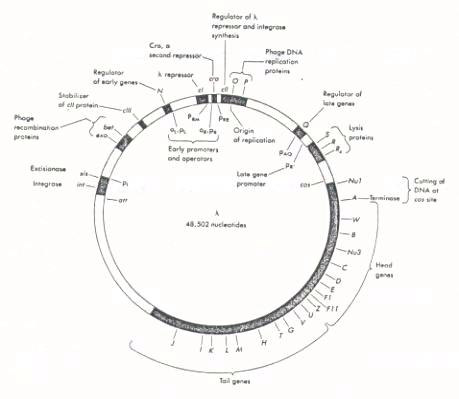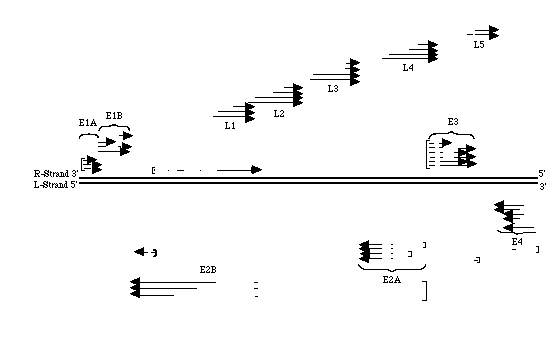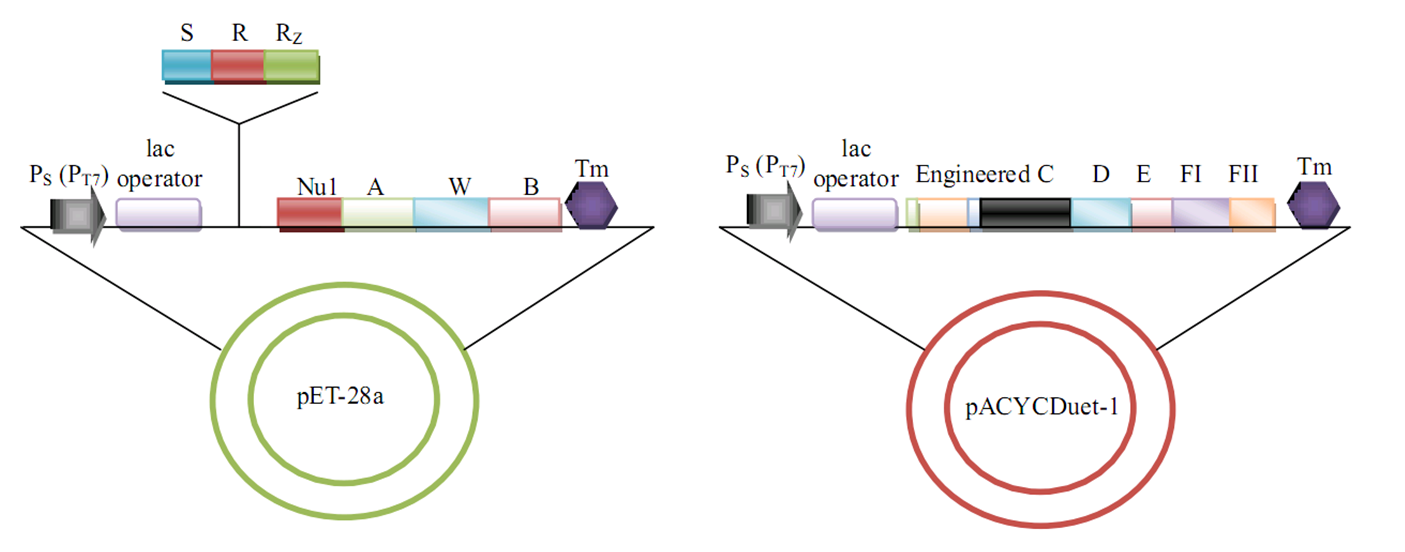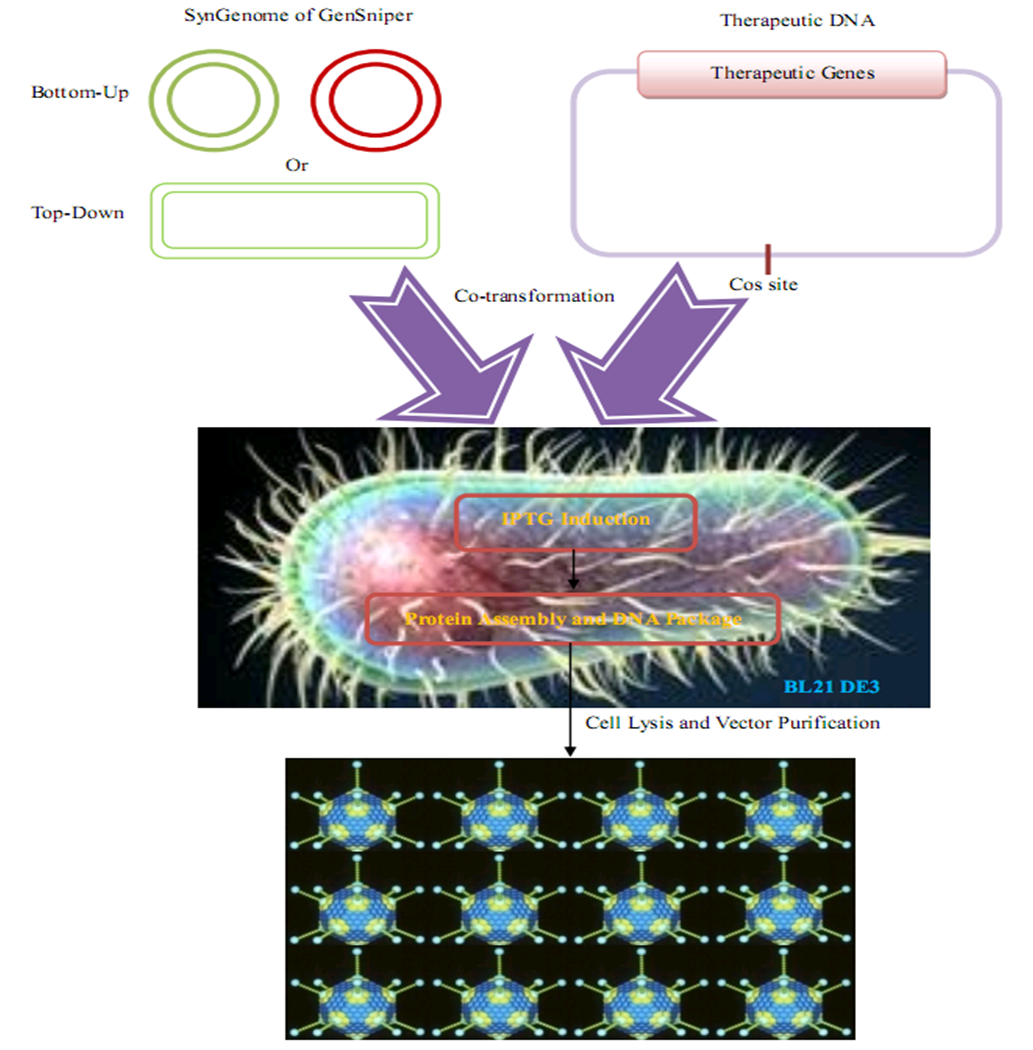Team:Tsinghua/Design1
From 2009.igem.org
| Home | Background | Brainstorming | Design | Experiment | Results | Conclusion | Protocol |
|---|
Contents |
Synthesis of the GenSniper Genome
We firstly pick up the genes we want to be presented in the GenSniper's genome: 1) the L5 gene in adenovirus genome which is responsible for fiber (including shaft and knob); 2) bacgteriophage lambda genes that encode the structural proteins for head assembly; 3) lysis genes.Based on the standard of synthetic biology, we apply two approaches, namely bottom-up and top-down, to synthesize the genome of our gene therapy vector.
Bottom-Up Approach
As for the bottom-up approach, we amplify the target genes from the target genome(mostly structural genes from lambda phage genome, and also L5 (fiber) gene from adenovirus genome) and recombine them into one or two molecular cloning vectors according to the biobrick standard. In the synthetic genome of the gene therapy vector, gene C (which encodes the protein at the vertices of the lambda viroin) and L5 should be fused according to certain standardiztion consideration (termed targeted biobrick).In front of the encoding region bacteriophage lambda strucural proteins and the targeted biobrick, a T7 promoter (from iGEM parts) will be inserted for IPTG-inducible control.
Top-Down Approach
As for the top-down approach, we transplant the whole gene expression element under the upsteam regulation of promoter R' into a molecular cloning vector. Fortunately, the lambda promoter R' can be strongly enhanced by protein Q in the late state of wildtype phage infection, which makes a feasible scheme to regulate the structural proteins on the synthetic genome.In front of the encoding region of protein Q, a T7 promoter (from iGEM parts) will be inserted for IPTG-inducible control.
Production of SynGenome Based GenSniper
After the construction of the synthetic genome and the Therapeutic DNA which are carried by two molecular cloning vectors(they will carry different origins of DNA replication), we will cotransform them into the E.coli for the production of the targeted gene therapy vector.
After the addition of IPTG at proper peroid of the transformed bacteria, the structural proteins of the gene therapy vector will be expressed, which are sufficient for the package of the Therapeutic DNA (with O and P) into the gene therapy vector viroin.
Given appropriate time for enough package yields(evaluated by modeling), the E.coli for production will be lysated manually or inducibly. Then the gene therapy vectors can be isolated and enriched by established protocol of viroin purification.
 "
"




